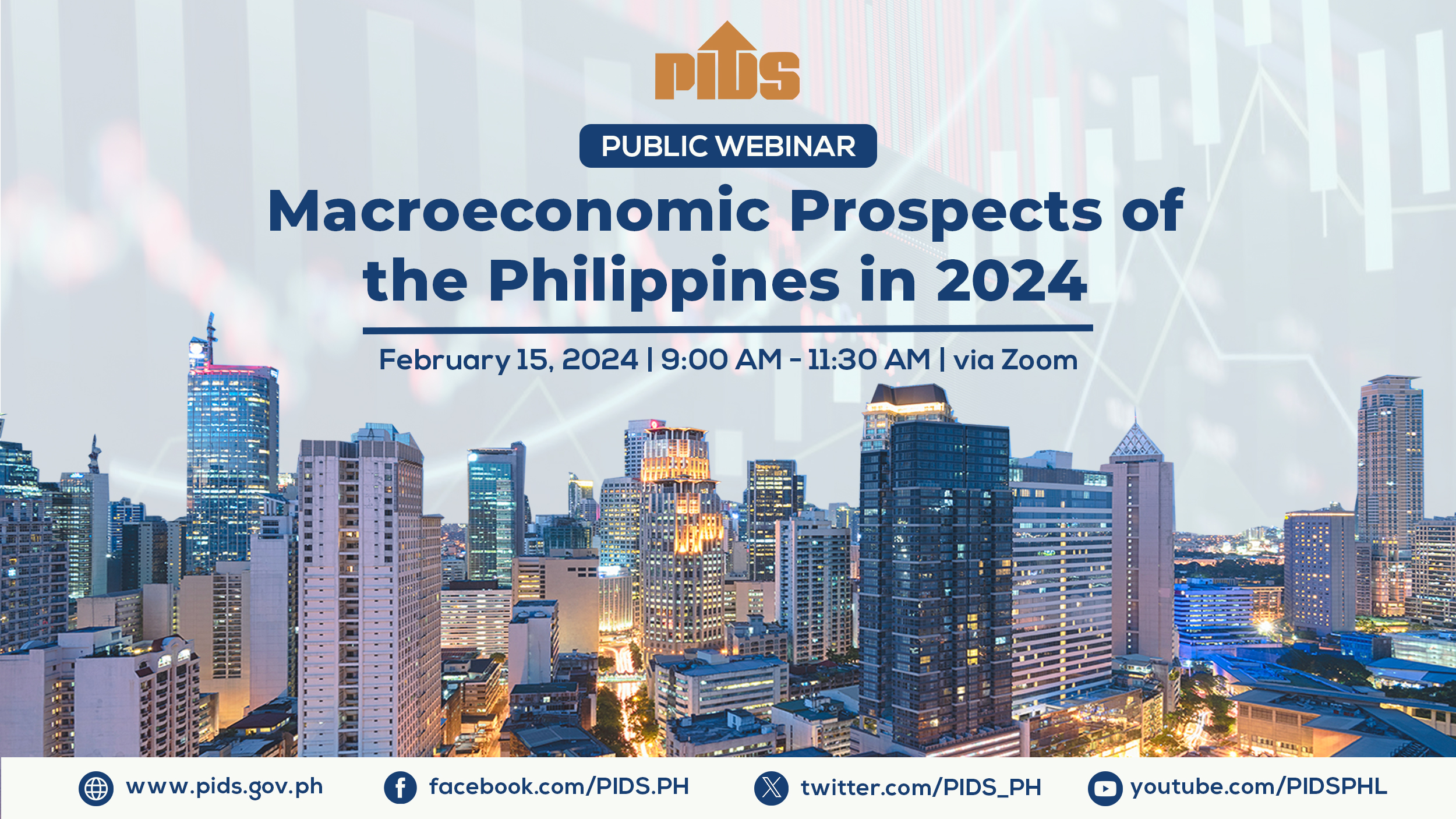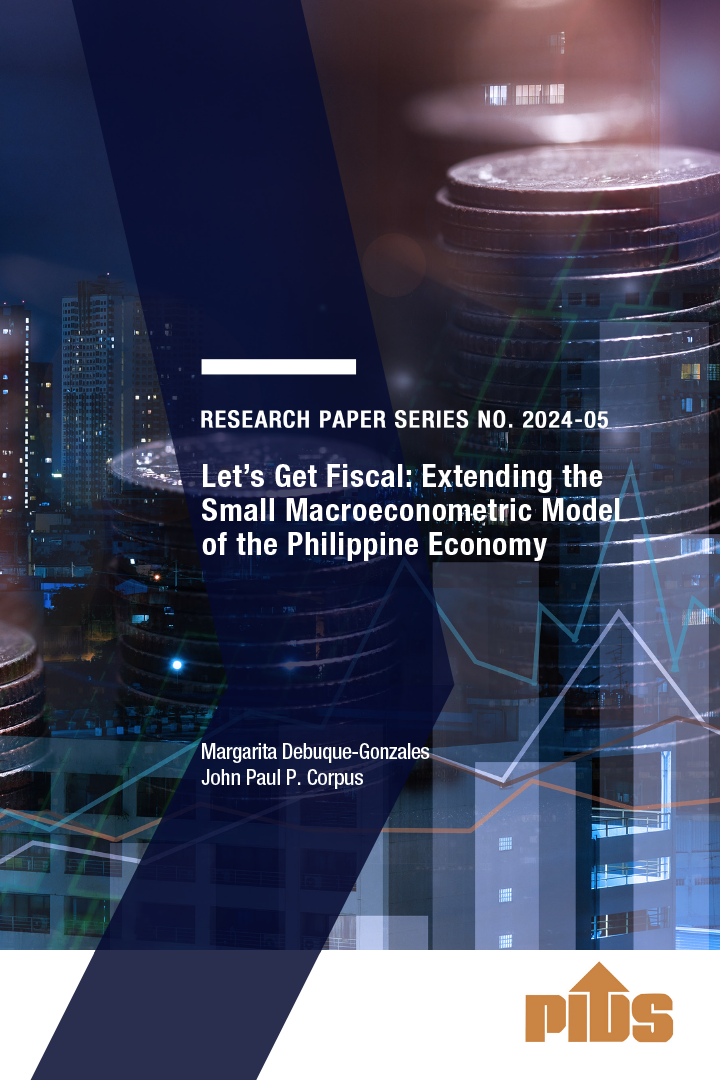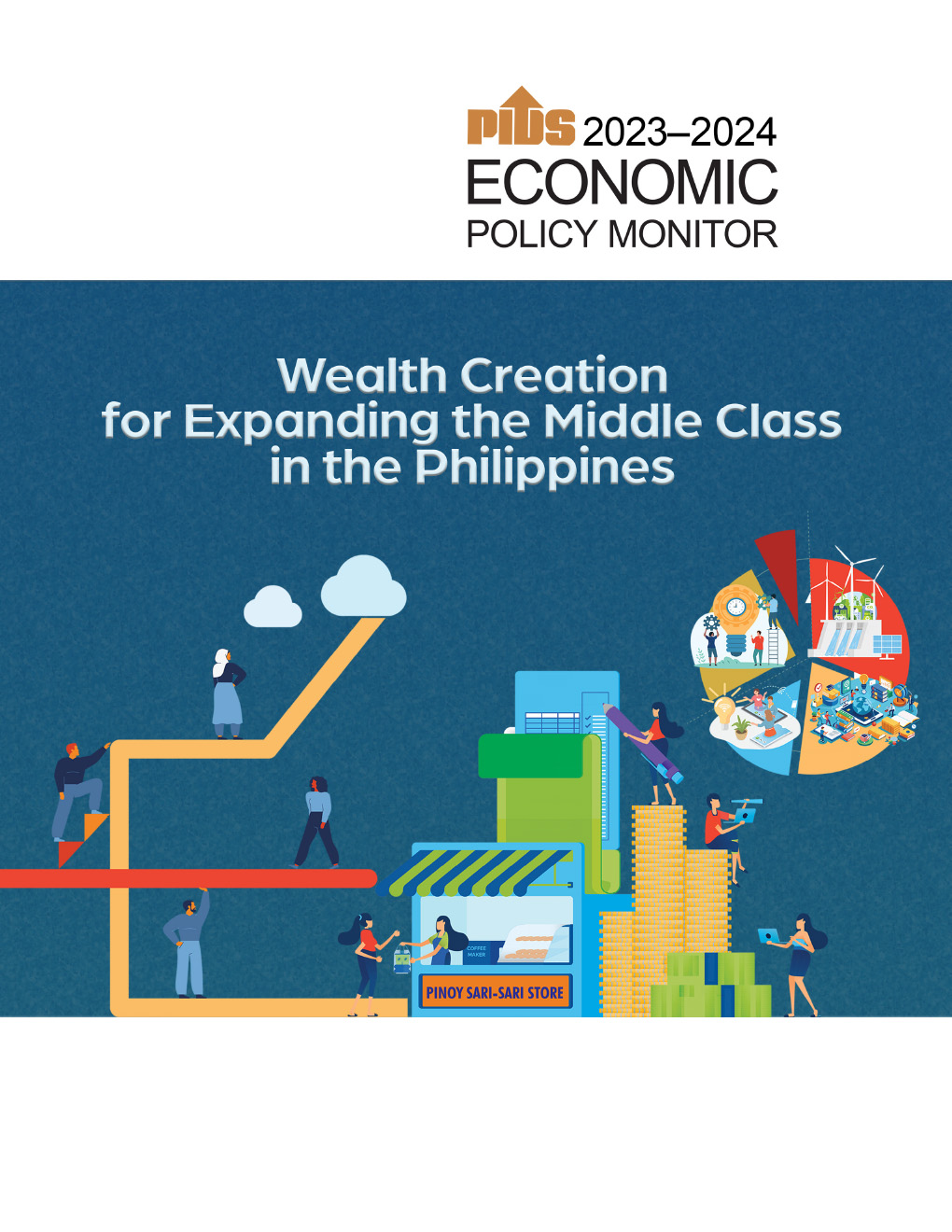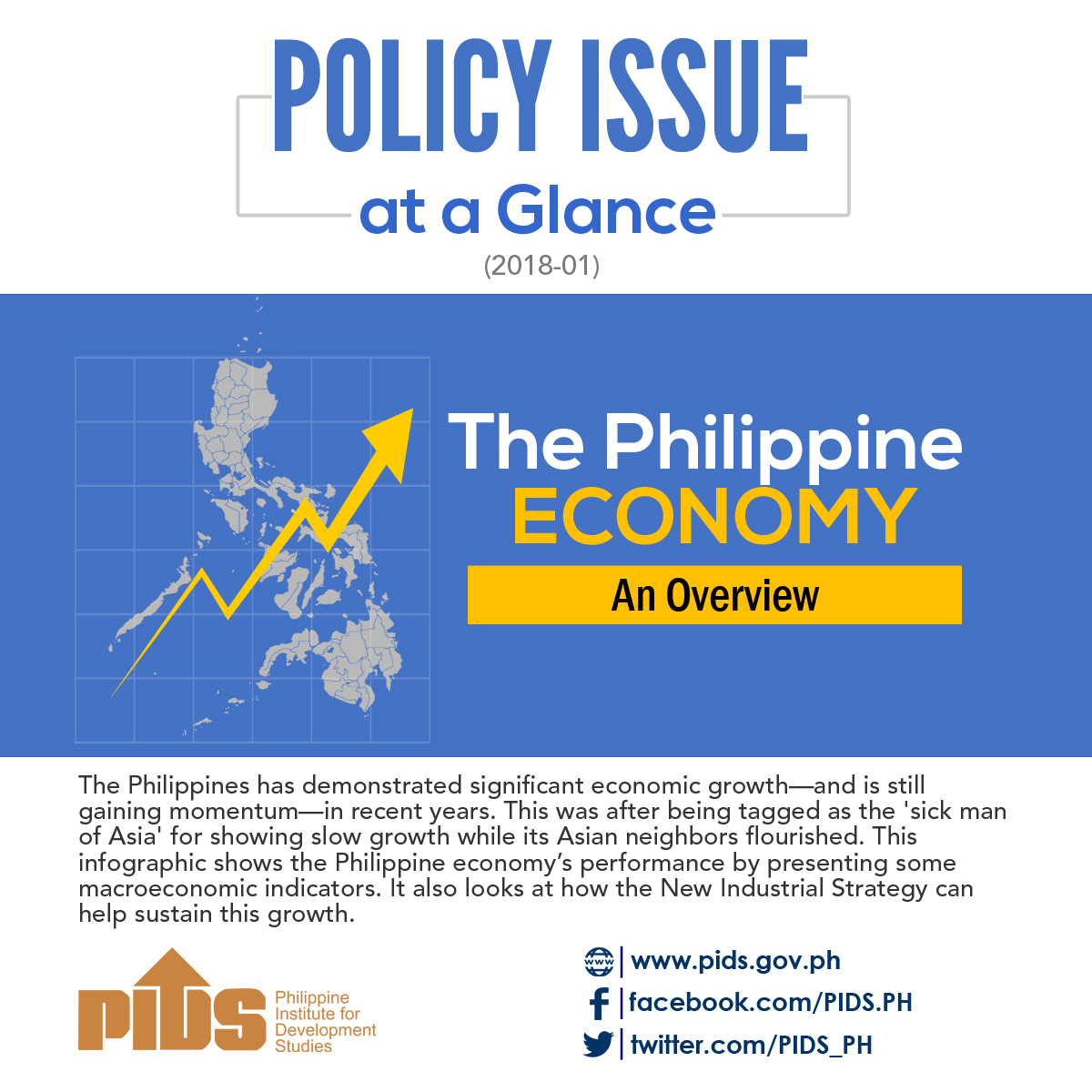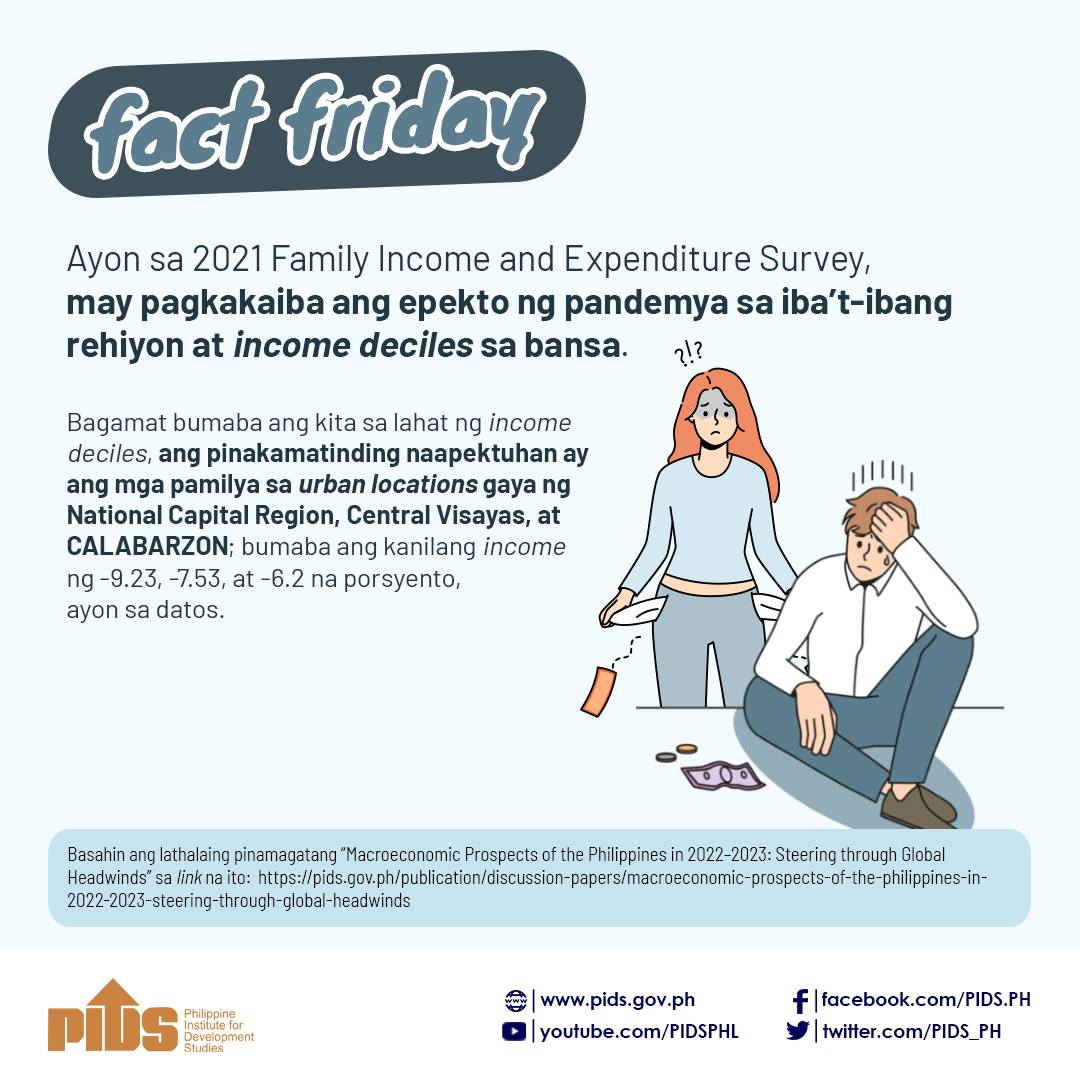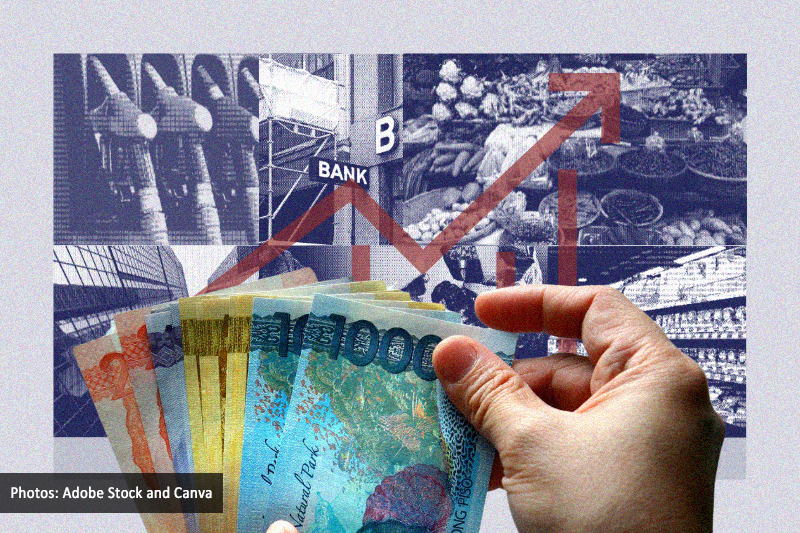
Prioritizing the management of inflation is crucial to maintain macroeconomic stability. This necessitates implementing strategic interventions to mitigate risks while capitalizing on growth opportunities. Central to this approach is the timely execution of government budgets in infrastructure and socio-economic projects, while encouraging private sector investments.
This was highlighted by economic experts at a recent public webinar hosted by the Philippine Institute for Development Studies (PIDS) which featured the study “Macroeconomic Outlook of the Philippines in 2023–2024: Prospects and Perils”. Presented by Former PIDS Senior Research Fellow Dr. Margarita Debuque-Gonzales, she provided a comprehensive overview of the economic situation in the Philippines from 2022 to projected trends for 2024, covering key areas such as GDP growth, inflation, fiscal policy, and employment.
“Our forecast for 2024 growth is at 5.5 to possibly 6.5 percent, based on our forecasting method and observations of monetary and financial conditions,” Dr. Debuque-Gonzales said.
She reported that the inflation rate for 2024 would fall within the target range of 3 percent. “We do not see as many supply shocks for this year as last year. Some forecasts are a bit optimistic about the country’s inflation, and we believe that this can even be lower,” she explained.
Despite these positive developments, she cautioned that inflation threats remain and there is a continued need for high-frequency monitoring and a calibrated response to price developments. Key measures highlighted include the need to mitigate exchange rate volatility, fortify fiscal capacity, protect vulnerable segments of society, and uphold the integrity of the National Investment Fund.
In alignment with these concerns, Department of Finance Chief Economic Counselor Undersecretary Zeno Ronald Abenoja reiterated the importance of reducing the inflation rate and maintaining it within target levels over the next two years to support the anticipated economic growth trajectory.
“If we are looking at the near-term growth prospects, [we have to] support consumption spending and provide macro-stability for investments,” Usec. Abenoja said.
He elaborated that encouraging private sector investments and promoting a business-friendly environment are important to generate jobs and improve the labor market. Additionally, Usec. Abenoja emphasized the role of agriculture in addressing food inflation, advocating timely interventions across the supply chain to mitigate food price increases.
“The government is implementing measures to increase the supply of key commodities by improving the entire supply chain from inputs to marketing and closely assessing supply-demand conditions. Temporary tariff rate reductions have been enacted for certain commodities, including rice, corn, and pork, to support domestic producers and lower inflation,” he explained.
Echoing these sentiments, Bank of the Philippine Islands Lead Economist Emilio Neri underscored the crucial role of public sector spending in driving economic growth. He highlighted the importance of identifying the causes behind the decline in government expenditures to spur economic growth. He cited exports and government expenditures as major contributors to the 5.6 percent economic growth in the fourth quarter of 2023.
“Had we only repeated the expenditure growth [of 7.6 percent] in 2022, we would have grown a lot stronger,” Neri commented.
He stressed the significance of interest rate hikes on the Philippine economy and outlined challenges to the supply side, including inflation triggered by climate change, escalating energy costs, trade tensions, and the potential for higher labor expenses in the United States.
Looking ahead, Neri forecasted an acceleration in growth for 2024, citing factors such as lower inflation and positive indicators in consumer spending and manufacturing. He also suggested the possibility of interest rate cuts by the Bangko Sentral ng Pilipinas in the second half of the year.
Watch the webinar here: https://pids.gov.ph/details/resource/videos/macroeconomic-prospects-of-the-philippines-in-2024. ###

